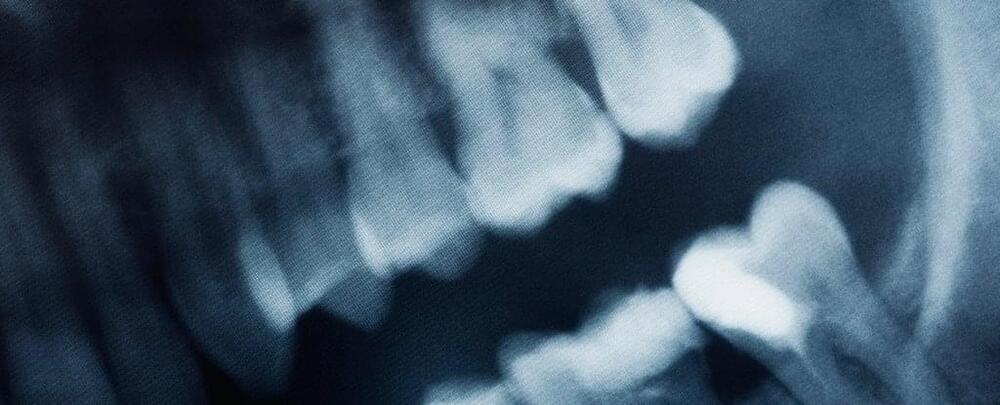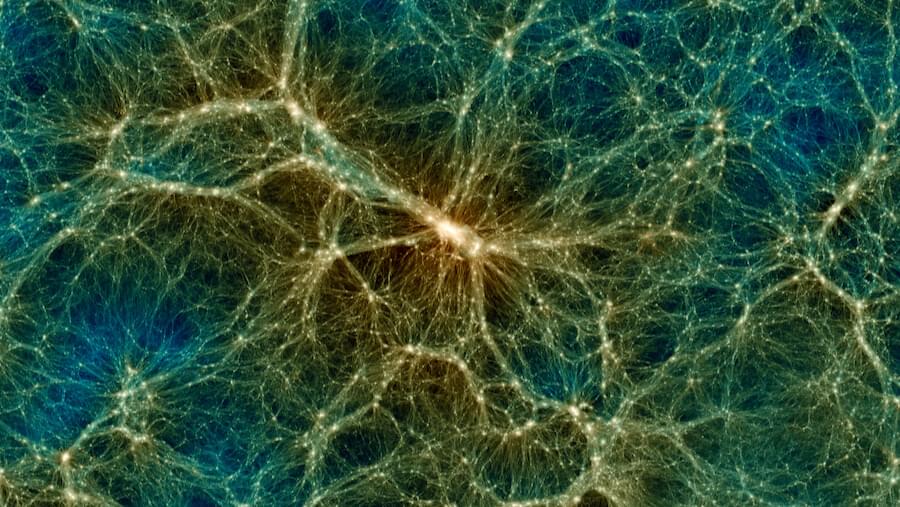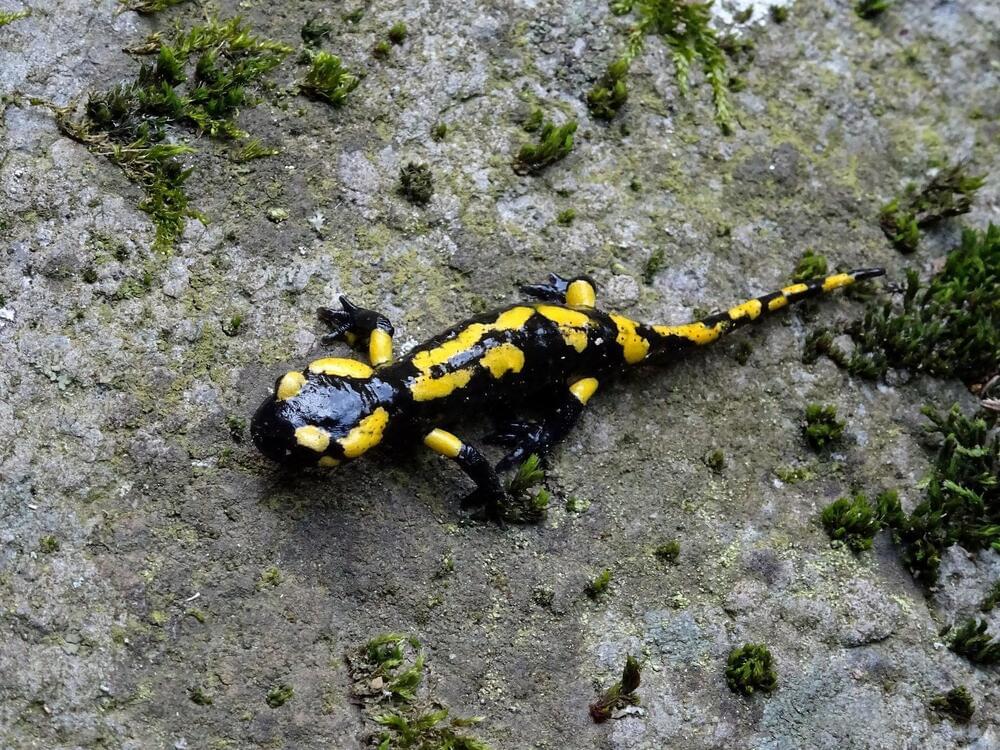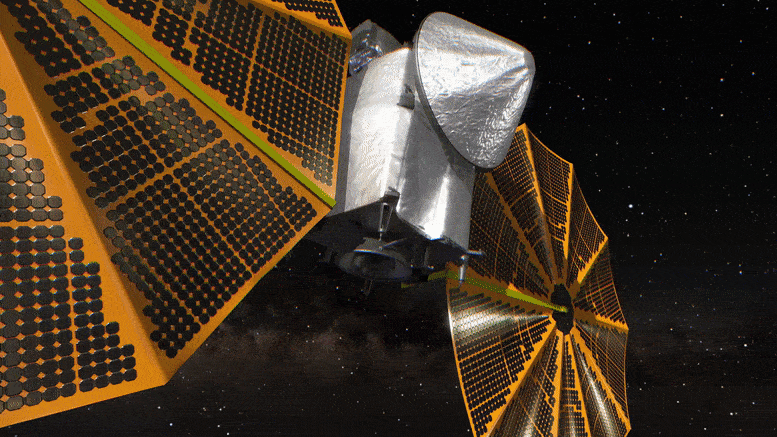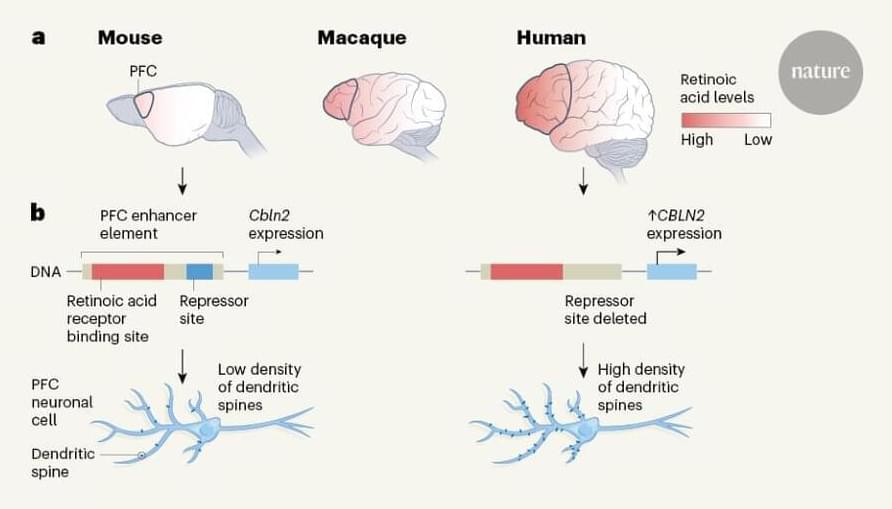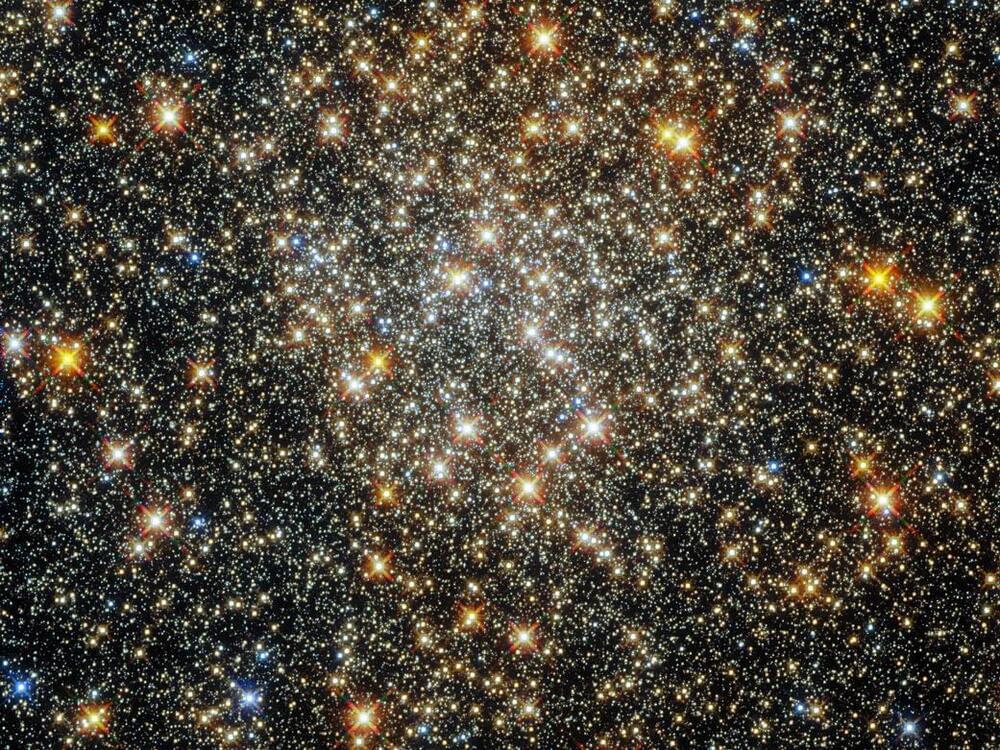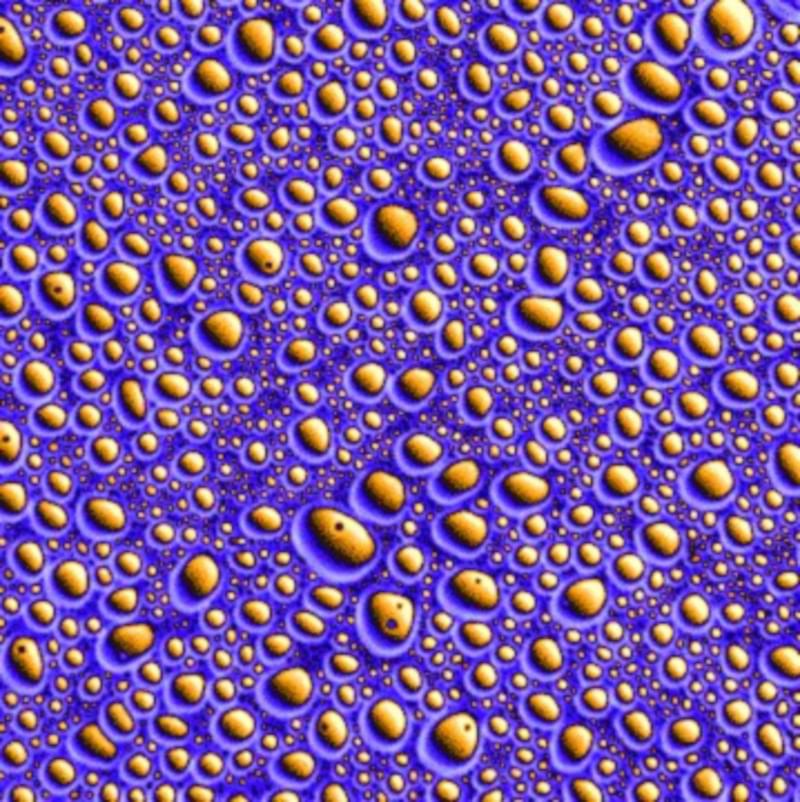Oct 8, 2021
Scientists Finally Know Why Wisdom Teeth Only Emerge When We’re Basically Adults
Posted by Shailesh Prasad in category: evolution
We humans like to take our time when it comes to growing up. Among the great apes, only chimpanzees come close to stretching out the years between key developmental milestones.
But even chimps are ready to get crunching with a full set of chompers by the time they’re sexually mature. Homo sapiens don’t grow their last few teeth until they’re nearly out of the teenage years.
This mystery of the molars is a tricky one to solve, in spite of their emergence playing such a critical role in tracking shifts in our evolution. But researchers from the University of Arizona in the US now think they might have cracked it.
